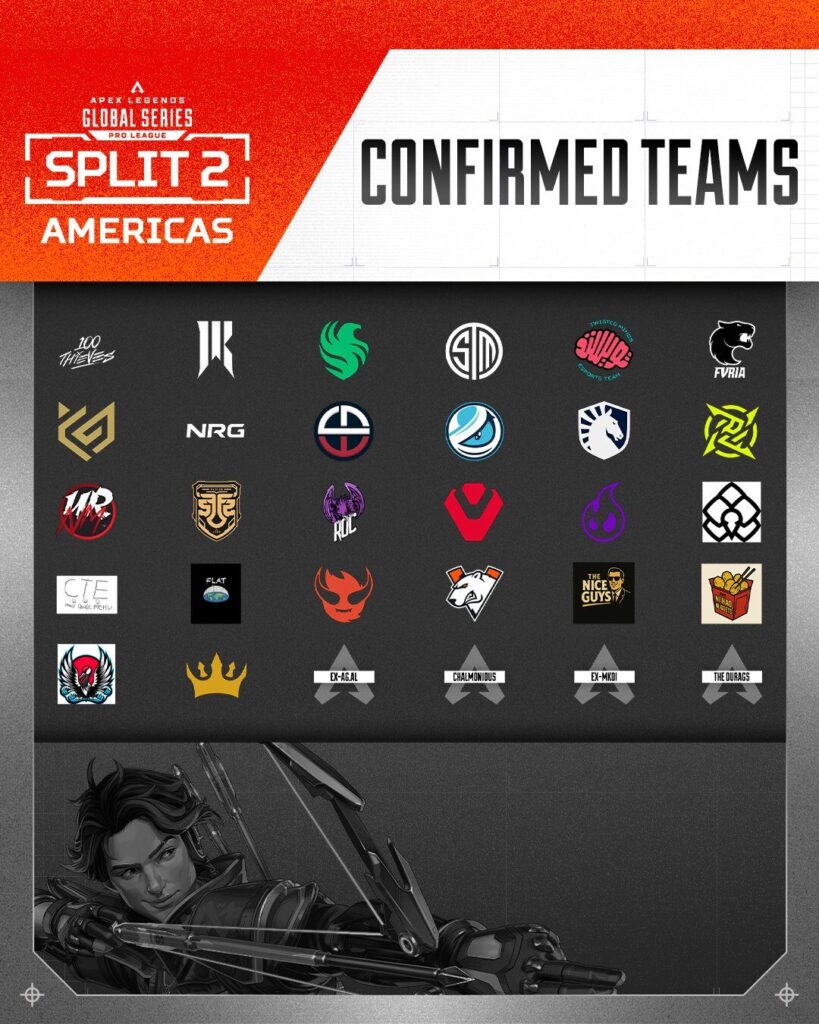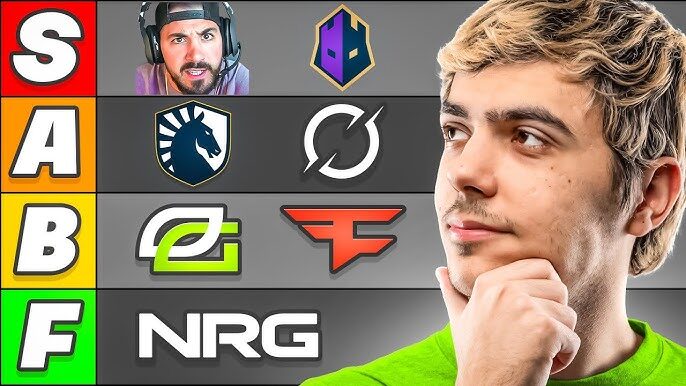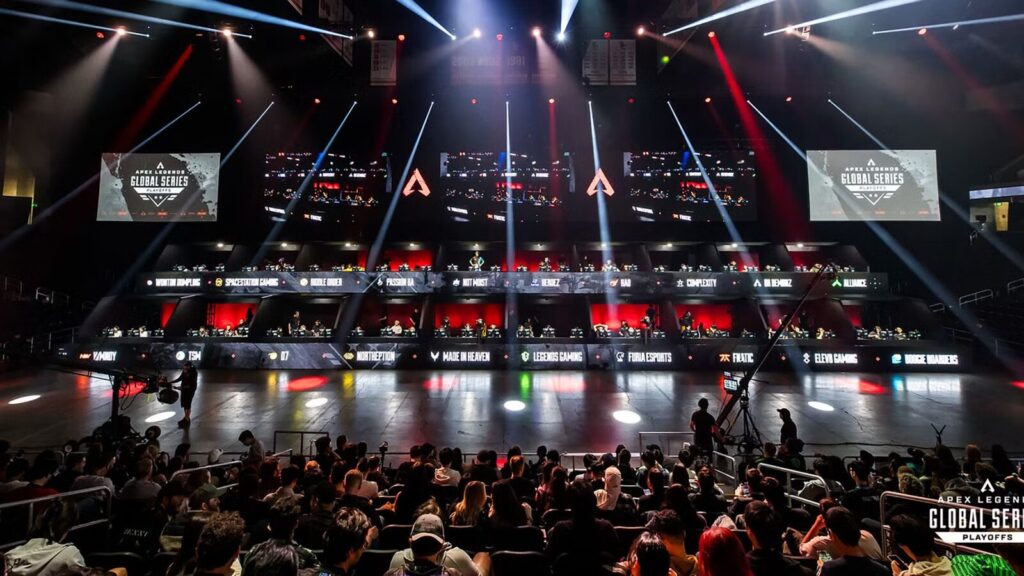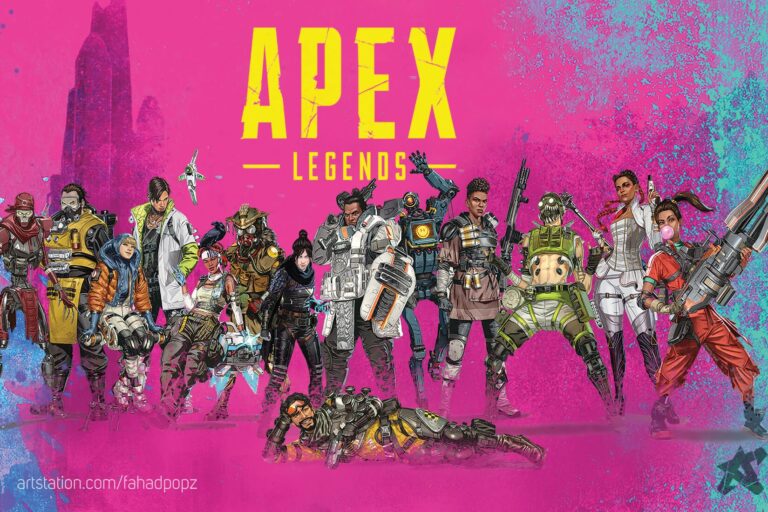
In 2025, Apex Legends has cemented itself as a headline esport with fierce competition across every region. From North America’s star-studded rosters to the surging talent in APAC and EMEA, fans are constantly asking the same question: who really stands at the top? That’s where the Apex Legends Rankings 2025 come in. More than just a scoreboard, these rankings provide structure to a rapidly evolving competitive scene. By dividing teams into tiers, fans and analysts gain a clearer sense of the pecking order, the rising challengers, and the squads that consistently dominate. For many, these rankings are also a way to track storylines—whether it’s a legendary org holding onto its legacy or a new contender breaking into the global spotlight.
What makes this system valuable is that it doesn’t just look at a single event; it accounts for the bigger picture. Tournament results, consistency, and fan engagement all feed into the equation, helping paint a fair and balanced view of competitive strength. For casual fans, it’s an easy entry point into the complexity of the Apex Legends Global Series (ALGS), while for dedicated followers, it’s a benchmark of performance that adds weight to every major matchup.
Quick Look
How the Apex Legends Rankings Are Built in 2025

Source: X
The tier system in Apex Legends is not arbitrary—it follows a clear logic rooted in measurable competitive achievements. In 2025, rankings are heavily influenced by how teams perform in the ALGS Pro League, Midseason Playoffs, and the World Championship, but the system goes deeper. Among the most important factors are:
- Tournament consistency: Teams that regularly place in the top 10 across multiple Pro League matches and LANs earn higher recognition than squads with only one standout run.
- International success: Performing well against teams outside of one’s region is a major differentiator, since global events like the Playoffs or Championship carry the most weight.
- Match Point adaptability: Apex Legends uses a unique finals format where winning outright matters more than accumulating points. Teams with a proven ability to close out games under this system often climb higher in the rankings.
- Roster stability and chemistry: Beyond stats, the ability of a team to maintain its core lineup and execute coordinated strategies plays a huge role in long-term tier placement.
- Fan reach and cultural presence: Viewership, popularity, and the ability to draw attention on broadcast or social media also indirectly affect how teams are perceived in rankings.
This multifaceted approach ensures that Apex Legends Rankings 2025 reflect more than just short-term performance—they reward staying power and adaptability across seasons.
The Tier List Format

To make sense of dozens of competing teams, the rankings are organized into a tiered structure. Each level has its own identity, giving fans a shorthand for understanding where a squad stands in the competitive ecosystem. The breakdown typically looks like this:
- S-Tier (World-Class Powerhouses): Reserved for the elite. These teams consistently contend for trophies, dominate Pro League, and are near-locks for international playoffs. Their star players often set the pace of the global meta.
- A-Tier (Strong Contenders): Highly competitive squads that are capable of upsetting S-Tier giants but may lack the finishing consistency. They often qualify for LANs and remain in the conversation for championships.
- B-Tier (Established Regional Teams): These organizations are reliable in their home regions, frequently making playoff runs, but struggle to break through against the very top competition.
- C-Tier (Developing & Underdogs): A mix of newcomers, Challenger Circuit standouts, or orgs with potential but inconsistent results. While not at the top yet, they often bring unpredictability and exciting upsets.
By using this format, Apex Legends Rankings 2025 do more than highlight winners—they illustrate the entire ecosystem, showing how different squads contribute to the competitive story at every level.
Why the Rankings Shape the Apex Legends Scene

Rankings in esports are not just statistics; they carry weight in how teams are viewed and how the scene develops. For fans, these tier lists become conversation starters, shaping debates over which squads deserve more recognition or whether a once-great team has fallen off. For organizations, rankings can directly impact opportunities: stronger placements often mean better sponsorships, higher visibility, and greater fan engagement.
In addition, the rankings influence expectations heading into major events. A team labeled S-Tier is assumed to be a championship threat, while an A- or B-Tier squad may be seen as a dark horse. This dynamic fuels narratives that keep audiences invested throughout the season. And with 2025 bringing record viewership numbers and new regional challengers, these rankings are more important than ever in keeping the competitive Apex community aligned on who’s leading the charge.
Conclusion: Apex Legends Rankings as the Roadmap for 2025
At the heart of it, the Apex Legends Rankings 2025 function as a roadmap for the competitive year. By breaking teams into tiers, the rankings don’t just summarize results—they explain them, contextualize them, and give fans and players alike a way to measure progress. The system highlights who’s on top, who’s rising, and who still has work to do in order to break through.
As the ALGS season continues, the tier list will evolve, reflecting the drama of each split, each LAN, and each championship. Powerhouse organizations will fight to maintain their legacies, while new challengers look to write their own history. For the global Apex community, these rankings are more than a list—they are the pulse of the esport itself, guiding fans through the ever-changing narrative of competition in 2025.



